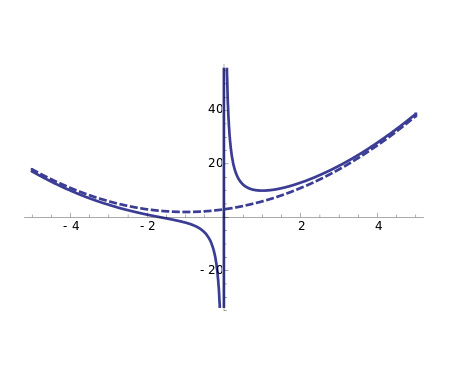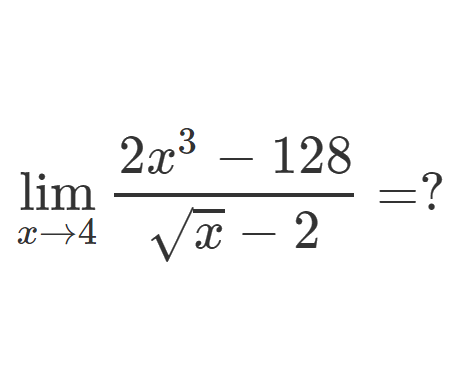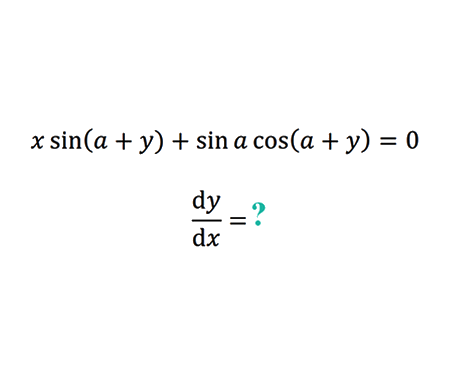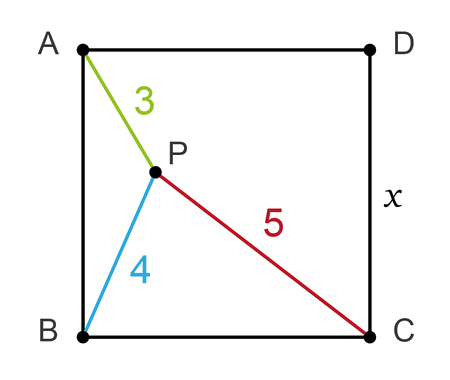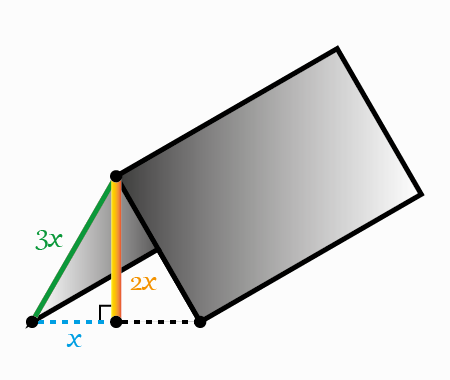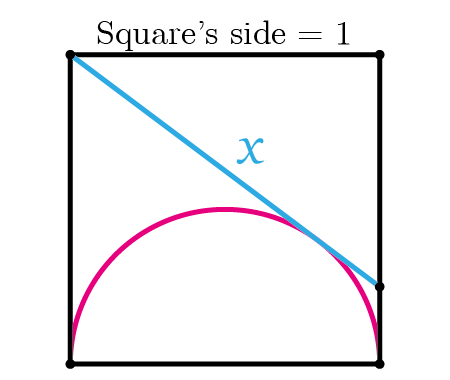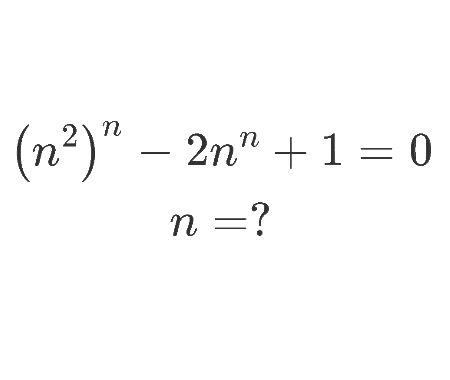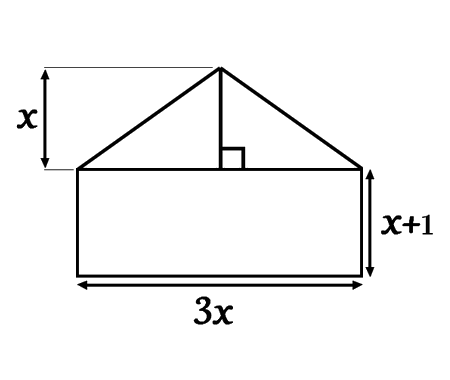a+b=20, find the maximum value of a²b
Home -> Solved problems -> a+b=20, find the maximum value of a²b

Solution
Finding the maximum value of an expression like \(a^2 b\) under a given constraint such as \(a + b = 20\) is a classic optimization problem in algebra. It beautifully illustrates the balance between variables when one quantity increases and the other decreases.
In this post, we’ll determine step-by-step how to maximize \(a^2 b\) using substitution and differentiation, and we’ll uncover the value of \(a\) and \(b\) that makes this expression reach its peak.
This kind of problem is not only common in mathematics competitions but also serves as an elegant application of calculus and reasoning about proportional relationships.
\[
\begin{aligned}
a+b&=20 \\\\
b&=20-a \\\\
a^2 b&=a^2(20-a) \\\\
&=20 a^2-a^3\\\\
f(a) & =-a^3+20 a^2 \\\\
f^{\prime}(a) & =-3 a^2+40 a \\\\
& =a(-3 a+40)\\\\
f^{\prime}(a)&=0 \\\\
a&=0\\\\
\text {or}\\\\
a&=\frac{40}{3} \simeq 13,33\\\\
& a=13 \text { and } b=7 \Rightarrow a^2 b=13^2 \cdot 7=1183 \\\\
& a=14 \text { and } b=6 \Rightarrow a^2 b=14^2 \cdot 6=1176\\\\
& \text { Thus, The maximum value of}\text { } a^2 b \text { is } 1183
\end{aligned}
\]
Home -> Solved problems -> a+b=20, find the maximum value of a²b
Every problem you tackle makes you smarter.
↓ Scroll down for more maths problems↓
Find the equation of the curve formed by a cable suspended between two points at the same height
Prove that the function \(f(x)=\frac{x^{3}+2 x^{2}+3 x+4}{x}
\) has a curvilinear asymptote \(y=x^{2}+2 x+3\)
Why does the number \(98\) disappear when writing the decimal expansion of \(\frac{1}{9801}\) ?
if we draw an infinite number of circles packed in a square using the method shown below, will the sum of circles areas approach the square's area?
Is it possible to solve for \(x\) so that \(ln(x)\), \(ln(2x)\), and \(ln(3x)\) form a right triangle?














